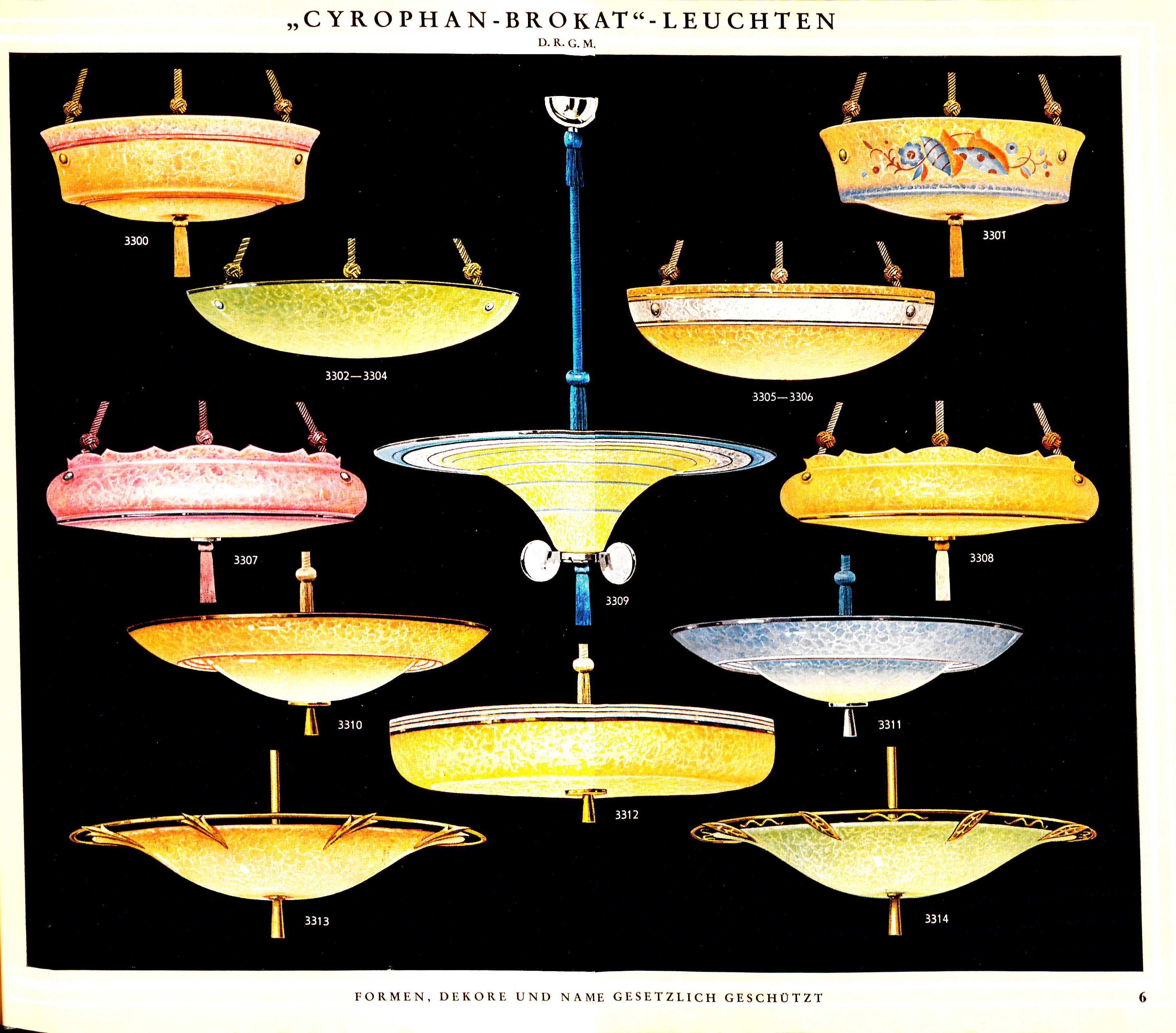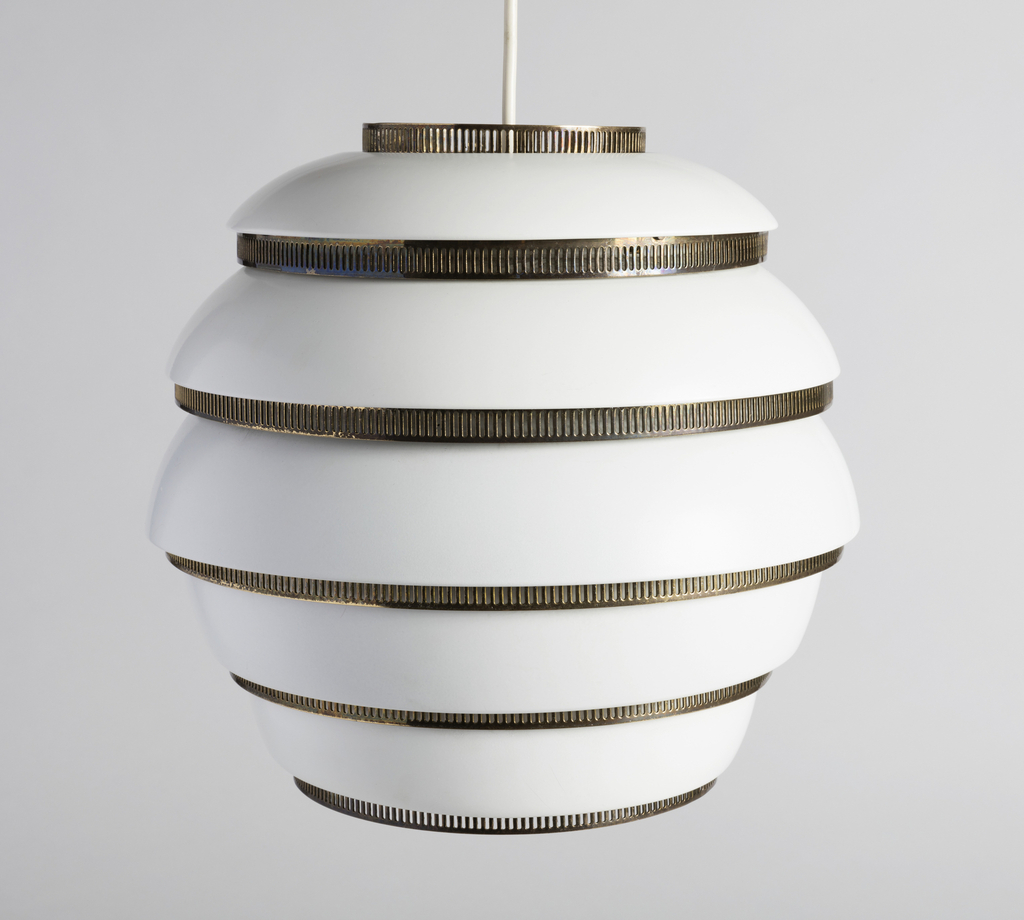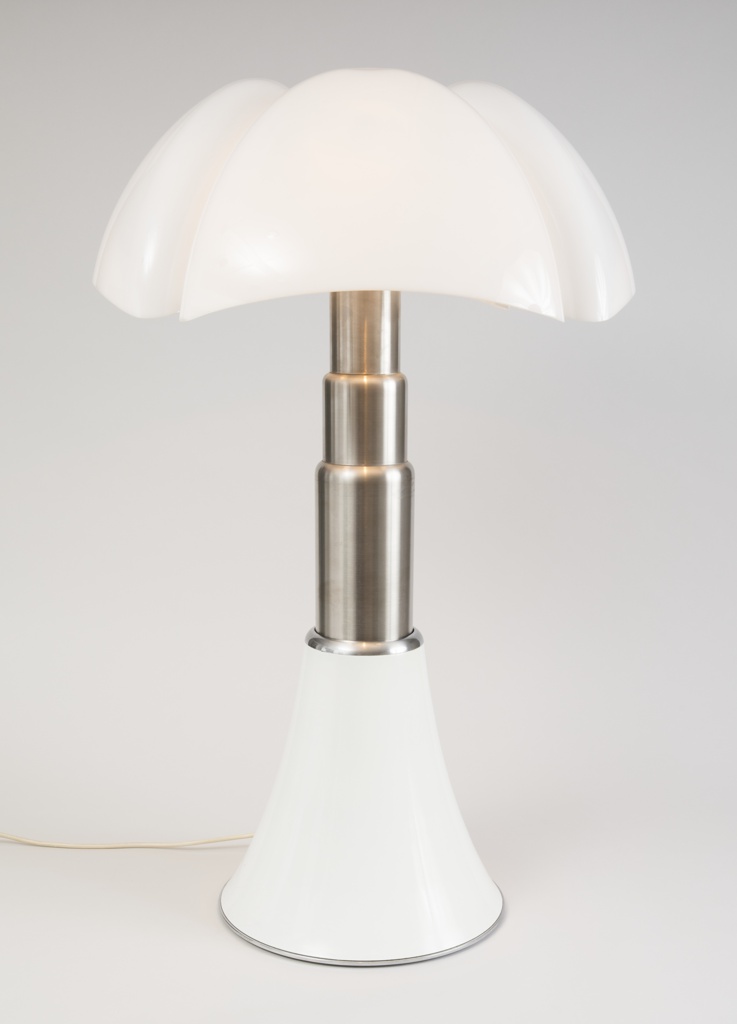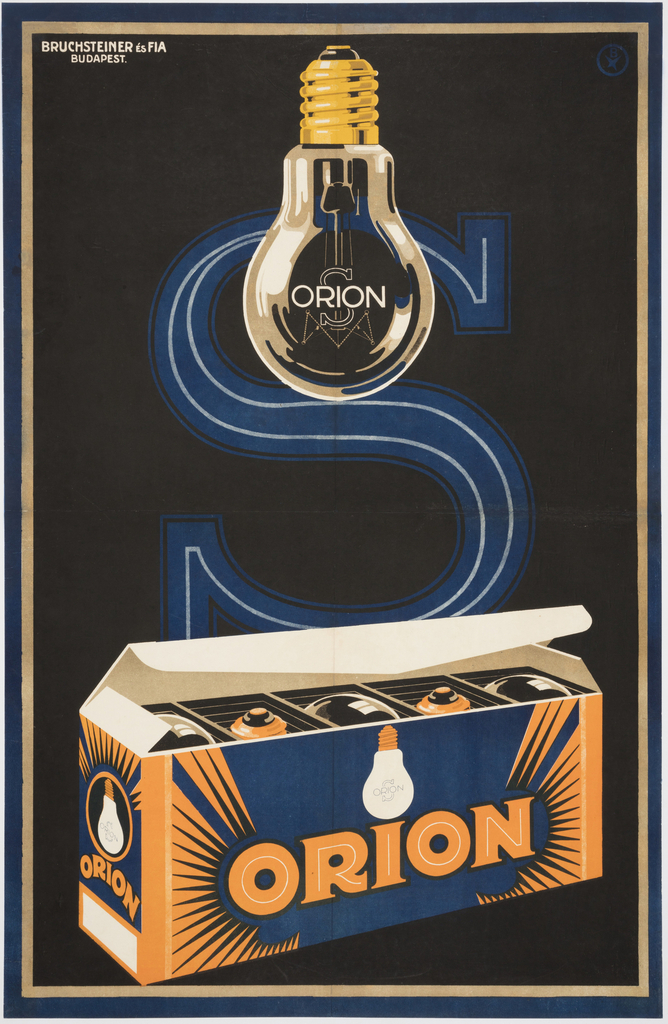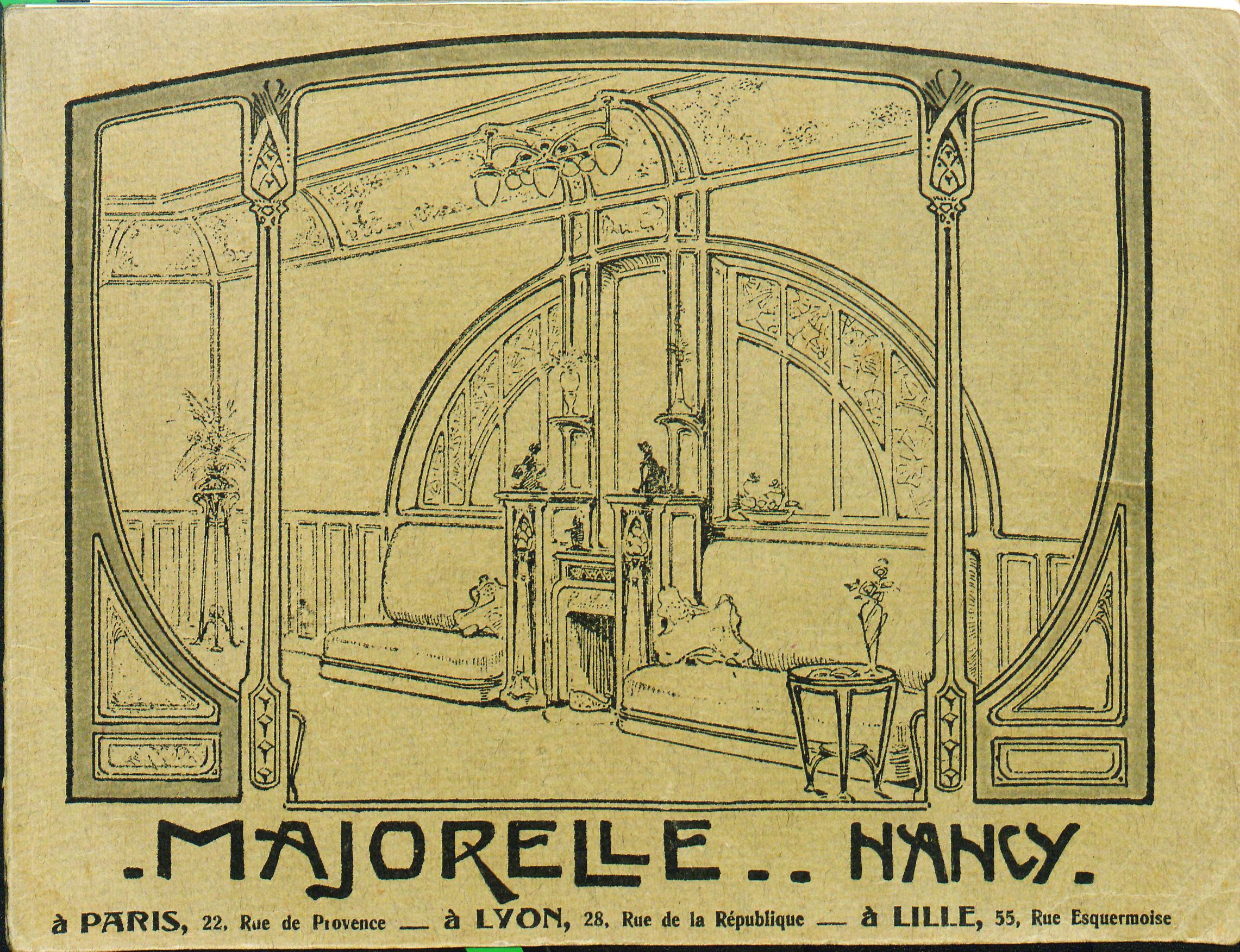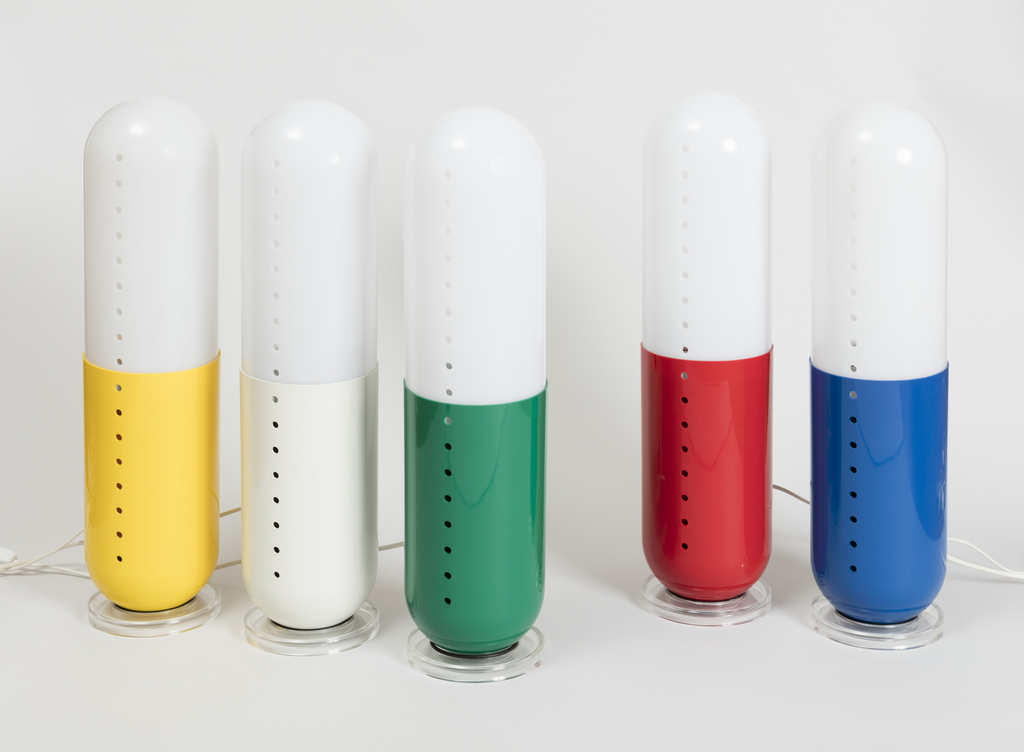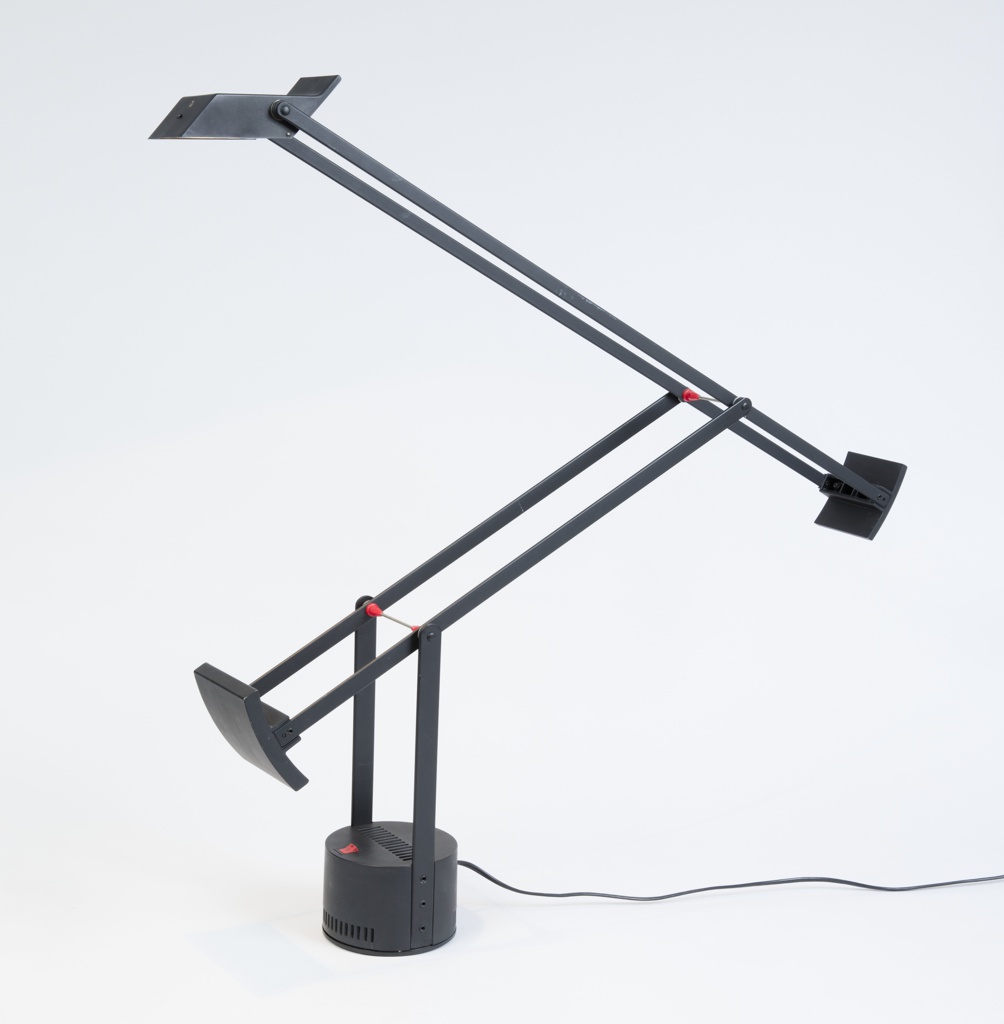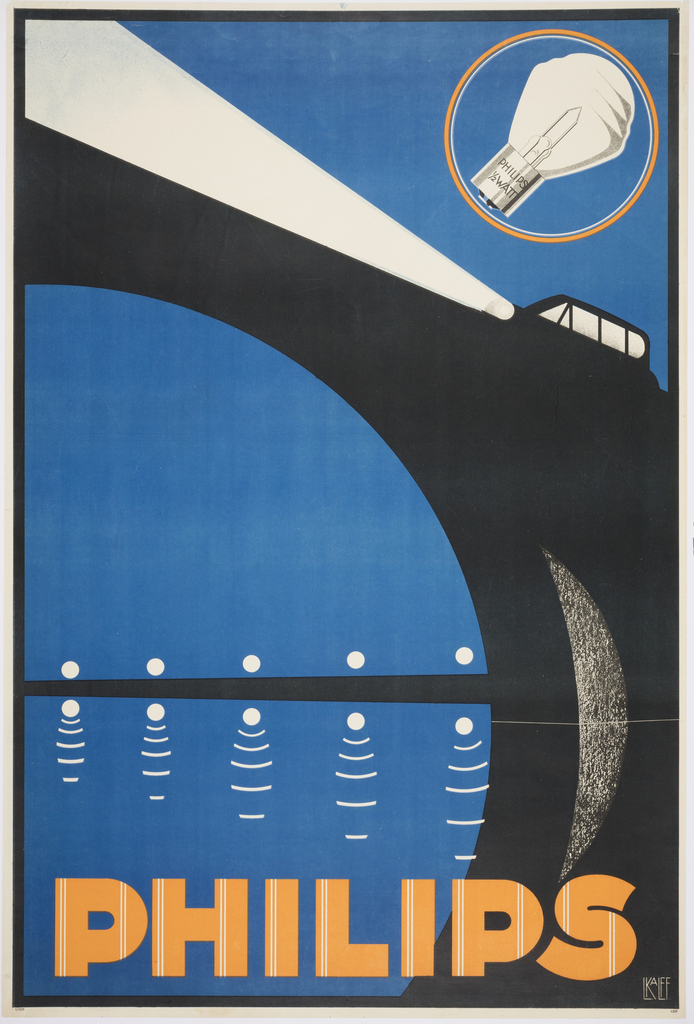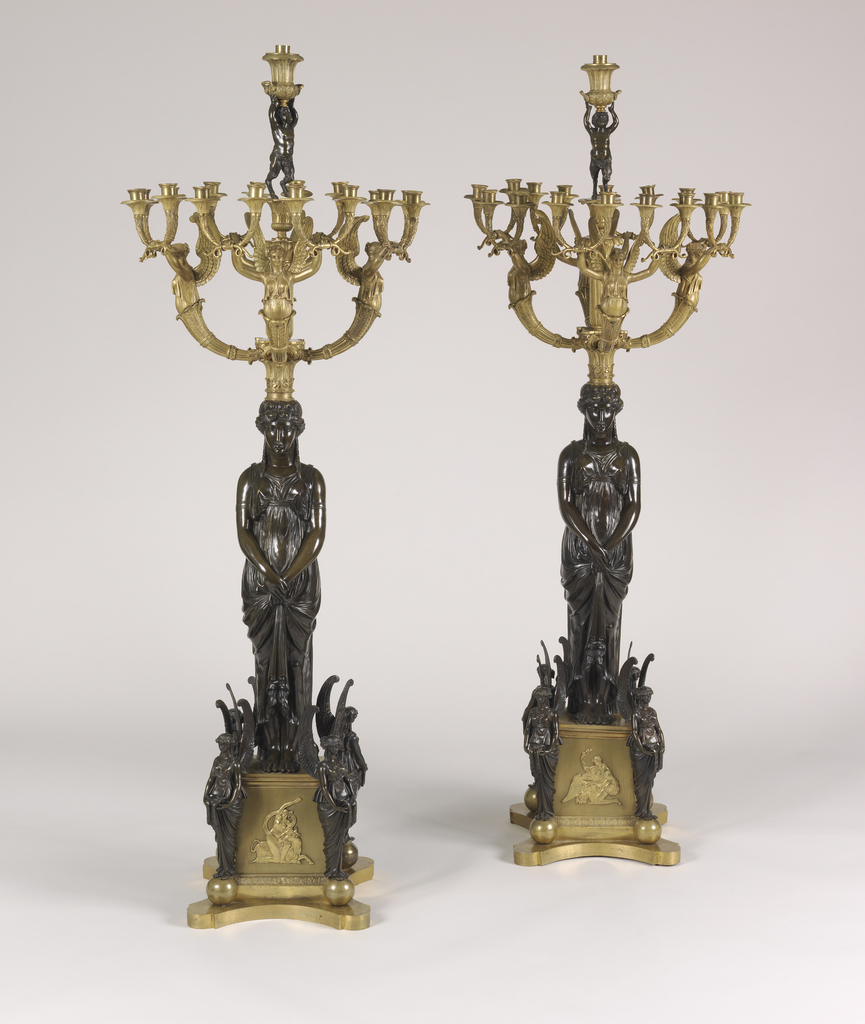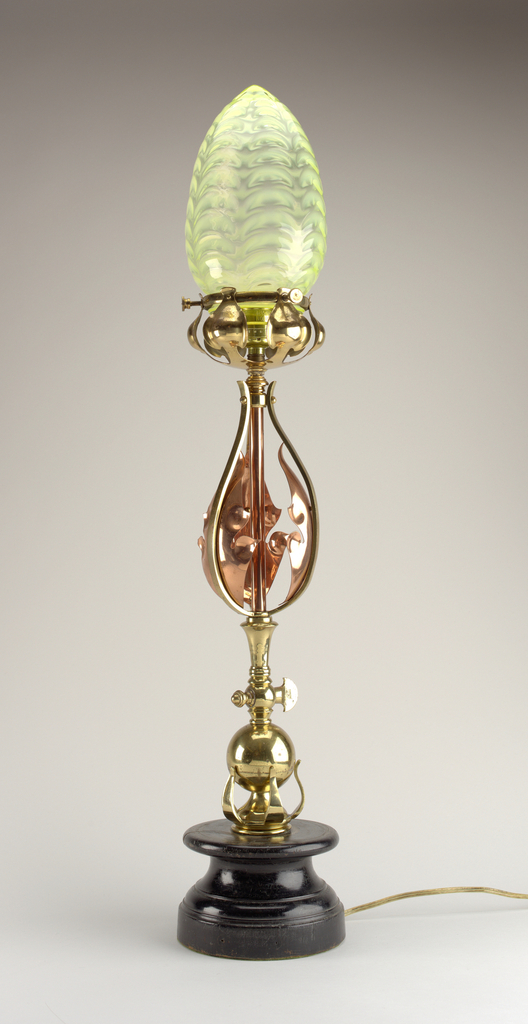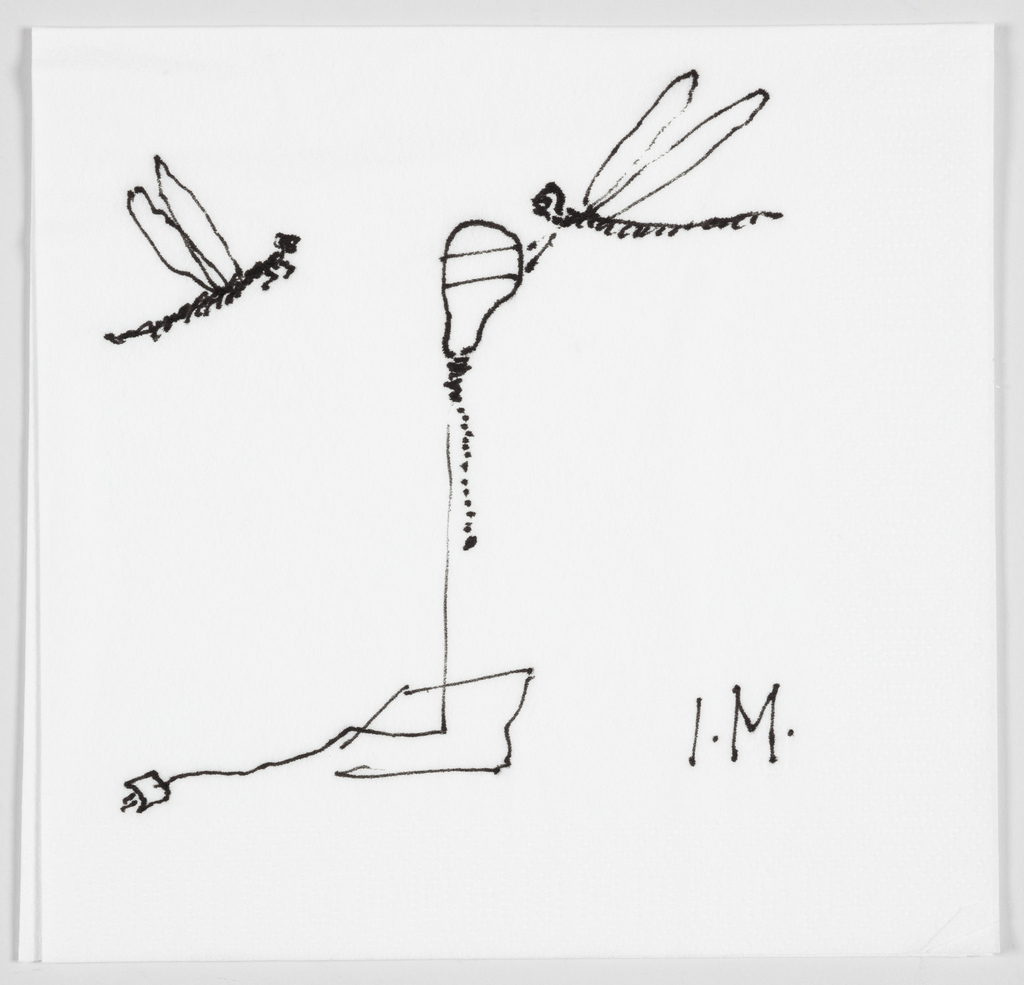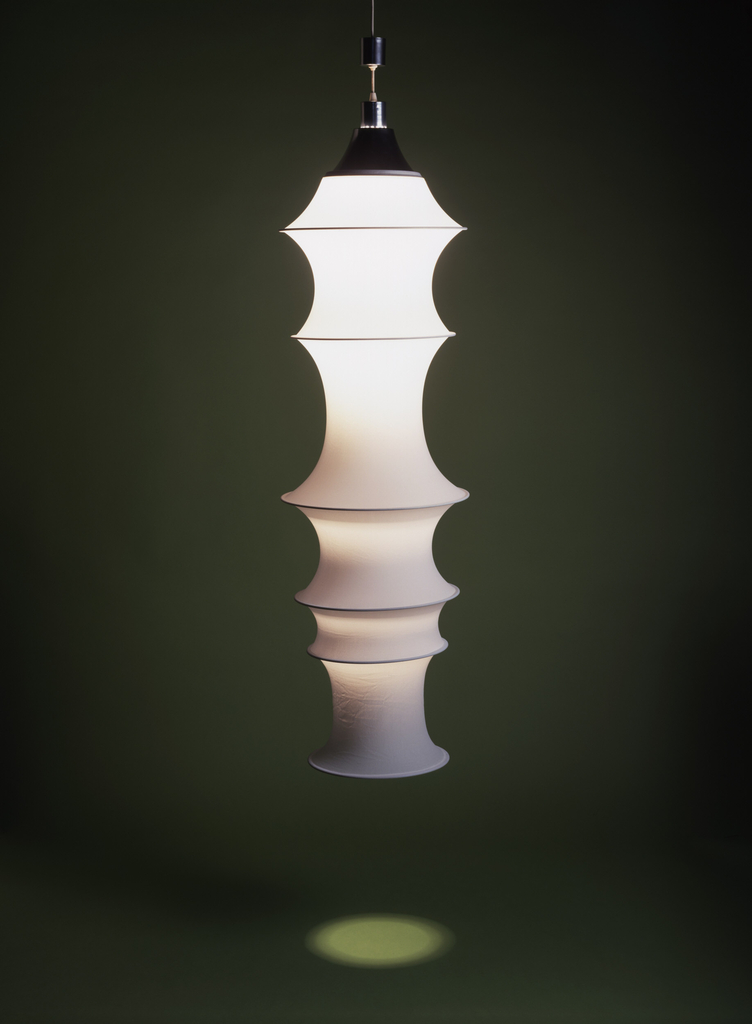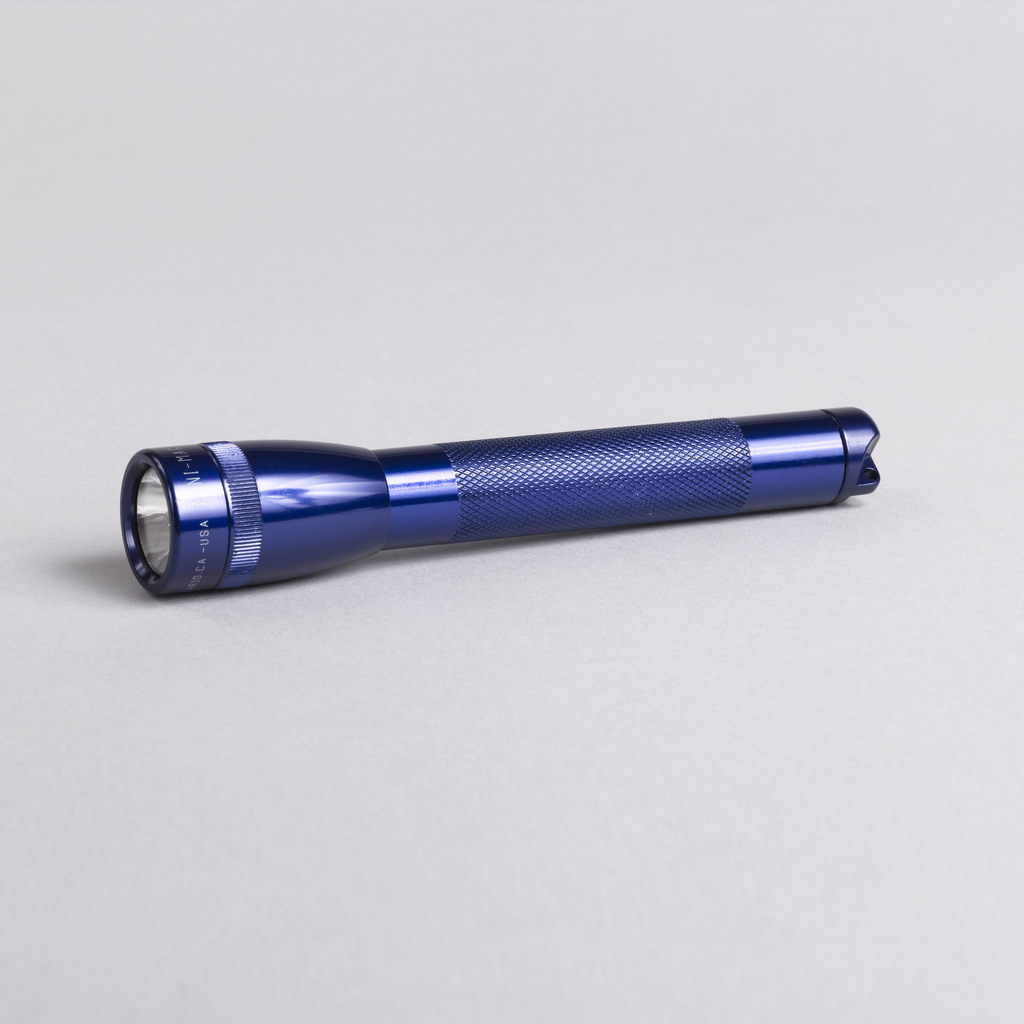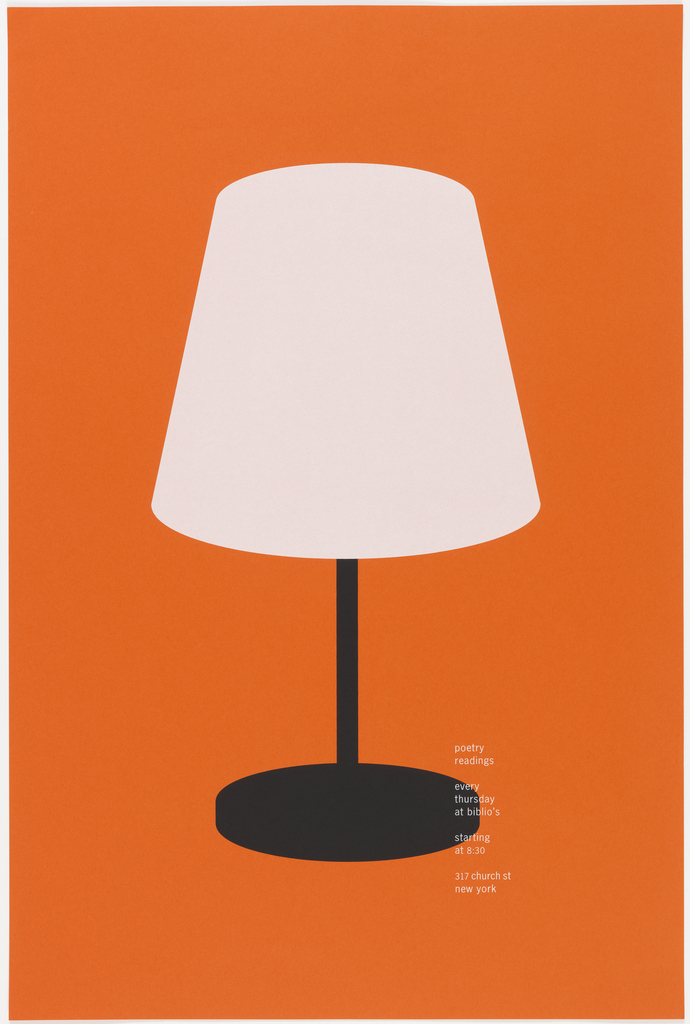A version of this post was originally published on June 2, 2016. Two rare Art Deco period catalogues in the collection of the Cooper Hewitt Design Library include illustrations with accompanying specifications and prices for more than 100 glass lighting fixtures manufactured in about 1930, by Meissner Glasraffinerie of Dresden, Germany. The factory was located...
“A lamp… [is] always part of an environment…. When working on… public building[s], I noticed that such furnishings and appliances were necessary to create the right unity, and then I designed them. The fact that later on they can also fit in another environment is another story.”[1] Lighting had become a significant part of Alvar...
By the 1960s, it could be argued that lighting design had come of age. This was influenced by several factors—booming post-war economic growth, the emergence of a new youth market eager to challenge established ideas about modern style, and the continuing development of lighting technologies and new plastics that encouraged greater experimentation with form and...
Apart from several months spent at Iparművészeti Iskola, Budapest’s school of applied arts, József Bottlik[1] was a self-taught graphic designer. Bottlik began his career in 1919 and quickly established himself as a designer of eye-catching commercial product and film posters, including a celebrated 1927 design for Universal Film AG (UFA) for the film Metropolis.[2] Bottlik...
Authors: Stephen Van Dyk and Adrienne Meyer This early 20th century trade catalog in the Cooper Hewitt Library includes furniture, lighting, and decorative objects in the art nouveau style created by the French firm of Majorelle. Louis Majorelle (1859-1926), an important French furniture manufacturer, took over his father Auguste’s cabinet making workshop in Nancy in...
Revealing the importance between Pop Art and design, Cesare Casati and Emanuele Ponzio’s Pillola lamps designed in 1968, are representative of Italy’s anti-design movement of the mid-1960s and 1970s. Challenging notions of “good design,” the anti-design movement took its cues from Pop Art’s use of bright colors and banal subject matter. The Pillola lights culturally...
In 1970, aeronautical engineer Ernesto Gismondi and architect Sergio Mazza, co-founders of the lighting manufacturer Artemide, asked industrial designer Richard Sapper to design a desk lamp. A year later Sapper presented them with the Tizio lamp, a product that met his own needs. “I wanted a work lamp with a wide range of movement, but...
When Louis C. Kalff was hired by Philips in 1925, the company was one of the largest producers of lightbulbs in the world. Kalff created a brand identity for the company, including the iconic logo. For this poster, Kalff illustrated a car whose piercing bright headlights illuminate the scene. The stylized arcs and angles reflect...
Today’s Object of the Day is on view in Tablescapes: Designs for Dining (October 5, 2018–April 14, 2019). These two candelabra in the neoclassical style, with their detailed sculptural work and multiple candle branches, would have undoubtedly brought abundant golden light as well as a sense of luxury to any early 19th-century interior. They were...
One of the most wonderful mixtures of new technology-electricity-with elegant hand-crafted materials, in this case glass and metalwork, is this table lamp. It shines forth with the strength of electricity but uses soda glass to create a glow more associated with a pre-electrified era. William Arthur Benson, who was trained as an architect, took up...
This is an early concept sketch for the lamp “I Ricchi Poveri – Silver Bzzzz” by the “poet of light” Ingo Maurer. The lamp is part of a small series through which Maurer has sought to play on the natural attraction to light in nature. In the design for “I Ricchi Poveri – Silver Bzzzz,”...
Two rare Art Deco period catalogues, newly acquired by the CHM library, include illustrations with accompanying specifications and cost for more than 100 glass lighting fixtures manufactured by Meissner Glasraffinerie of Dresden dating circa 1930. Their factory was located at Coswig on the river Elbe situated between Meissen and Dresden, Germany. Not much is recorded...
Electric lighting has existed since the late nineteenth century. Some of the earliest forms exhibited fine Art Nouveau-era workmanship, while decadent Art Deco forms arose in the mid-1920s. A functional, industrially-inspired modernist aesthetic grew in popularity from the 1930s onward. But to my mind, the 1960s was a time of some of the most inventive and clever lighting design, especially for home interiors. Looking to developments...
Although now familiar tools used during power outages and camping trips, personal flashlights were revolutionary in the early twentieth century. The invention of the dry cell battery in 1896 enabled the first non-combustible lighting devices, allowing for safer handheld options than kerosene and oil lamps, candles, and torches, or other instruments previously powered by liquid...
Russian-born designer Alexander Gelman worked in the United States during the 1990s and early 2000s. His simple icons strive not so much to capture the essence of a subject, but rather to offer an off-kilter view of it. Here, a table lamp represents a poetry reading. The illustration is, one might say, beside the point....
